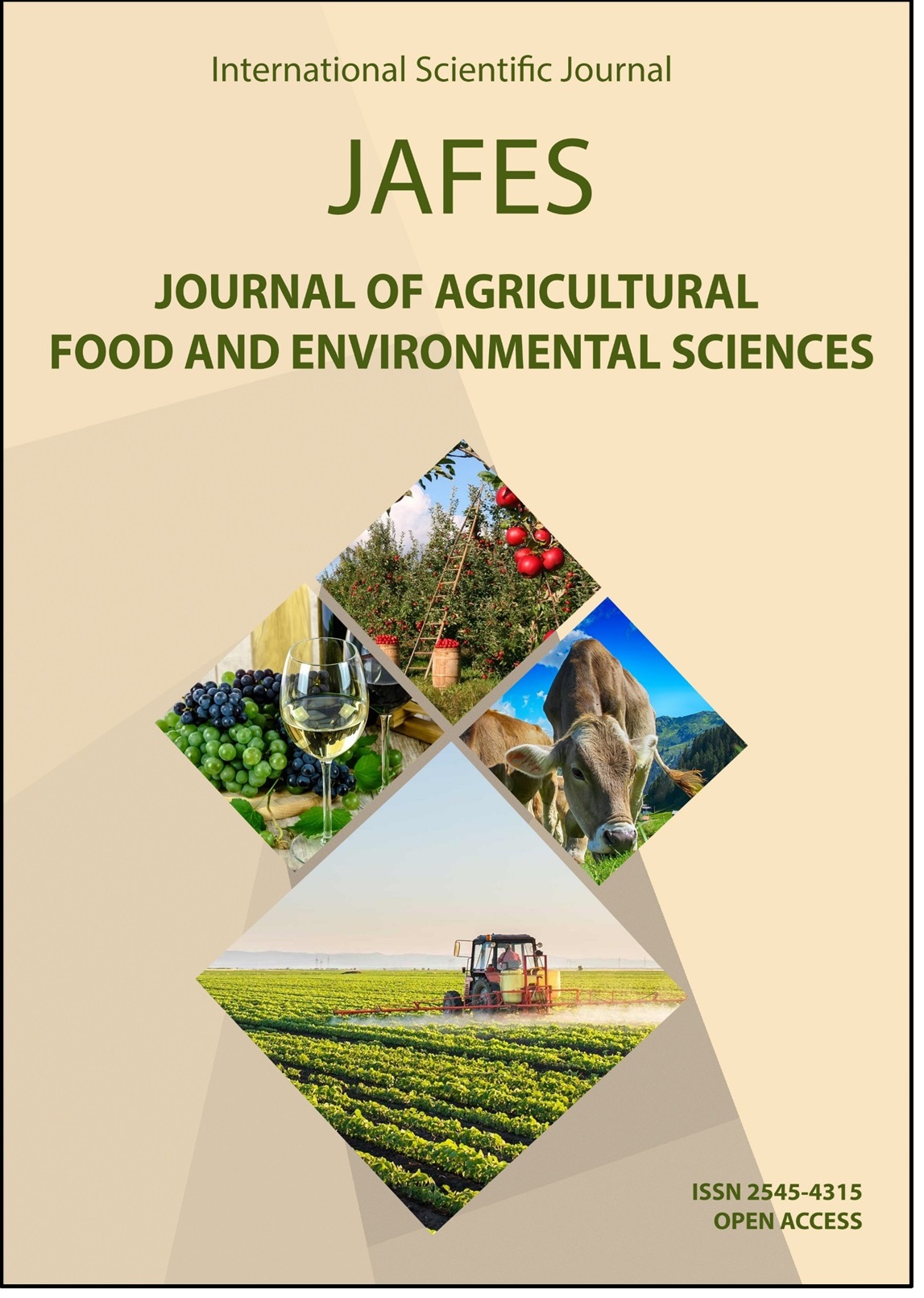NETWORKS IN THE MACEDONIAN ORGANIC PRODUCTION CONTEXT
Клучни зборови:
ego networks, organic farming, social networks, social capita, stakeholders.Апстракт
Economic performance and competiveness of commercial farms, in producing and selling organic products, is often dependent on the structure of networks and the organization of supply chains. Networks play an important role in information dissemination, particularly in the otherwise scarce information flow in rural areas. Informal networks are in most cases a valuable source of social capital and information exchange. The aim of this paper is to understand network and stakeholder position and relations in the information channels among the actors in the supply chain for organic productions, by mapping information diffusion on horizontal level - farmer’s relations with other farmers. A survey on 122 organic farms was carried out in 2018 in the Republic of North Macedonia. The data were processed in UCINET. Mapping social capital structure contributes in identifying key individuals (social capital hubs), that can be activated for information dissemination and ultimately for active mobilization of organic production networks. The findings confirm that farmers with similar production type are more likely to cooperate and share information among each other.
Референци
Atanasoaie, G. (2011). Distribution channels on the organic foods market. Journal of Horticulture. Forestry and
Biotechnology 15(3).
Bodin, Ö. & Prell, C. (eds.). (2011). Social Networks and Natural Resource Management: Uncovering the
Social fabric of environmental governance. Cambridge University Press.
Borgatti, S. P., Everett, M. G. & Jeffrey, C. (2013). Analyzing Social Networks. London, UK: SAGE
Publication Ltd.
SSO. (2019). Republic of North Macedonia: State Statistical Office.
De Lange, D., Agneessens, E. & Waege, H. (2004). Asking social network questions: a quality assessment of
different measures. Metodoloski zvezki 1(2): 351-378.
Kadushin, C. (2012). Understanding Social Networks, Theories, Concepts and Findings. Oxford University
press.
Ketema, D.M., Chisholm, N. & Enright, P. (2017). Chapter 20: Examining the Characteristics of Stakeholders
in Lake Tana Sub-basin Resource Use, Management and Governance. In: Stave, K.; Goshu, G. & Aynalem, S.
(eds.). Social and Ecological System Dynamics. Springer. p. 318.
EC, European Commission. (2019). Organic Farming Statistics. https://ec.europa.eu/eurostat/statisticsexplained/index.php/Organic_farming_statistics [Accessed 10 April 2019].
Lin, N. (2005). A network theory of social capital. In: Castiglione, D., van Deth, J. W., Wolleb, G. (eds.).
The handbook of social capital, pp. 50–69. London: Oxford University Press.E. Tuna et al.
MAFWE, Ministry of Agriculture, Forestry and Water Economy of the Republic of North Macedonia. (2019).
http://www.mzsv.gov.mk/ [Accessed 20 May 2019].
Medicamento, U. and Degennaro, B. (2006). Social Networks and Supply chain Management in rural Areas:
A case Study Focusing on Organic Olive Oil. MPRA Paper No. 14558 (Munich Personal ReOPEc Archive),
posted 12 April 2009.
Prell, C., Hubacek, K. and Reed, M. (2009). Stakeholder Analysis and Social Network Analysis in Natural
Resource Management. Society & Natural Resources 22(6): 501-518.
SSO, State Statistical Office, Republic of Naort Macedonia. (2019). MakStat database.
http://makstat.stat.gov.mk/PXWeb/pxweb/mk/MakStat/ [Accessed 20 May 2019].
Wasserman, S. & Faust, K. (1994). Social Network Analysis, Methods and Applications. New York, USA:
Cambridge University Press.



